Deadpool director Tim Miller tells fxguide about how his already smash-hit film went from test footage to greenlight, which aspects of his time at Blur helped (and hindered) production and which fourth wall break was his most memorable.
fxg: Given your background at Blur, Deadpool feels like just the right kind of fit for you – is that how you saw it?
Miller: Well, I always wanted to tell stories and when I started Blur I thought, hey I’m really interested in VFX and animation and I want to tell stories so what better way to do it than through this medium? So I guess if you asked, is that the perfect thing for me? Not really, because of the visual effects component, but more because of the storytelling component. The VFX part of it is great, but I was more attracted to it because it’s just a great script. Visual effects are there to help the story, but the story’s gotta be the main thing. The fact that I liked the script so much was really what made the effects so much fun.
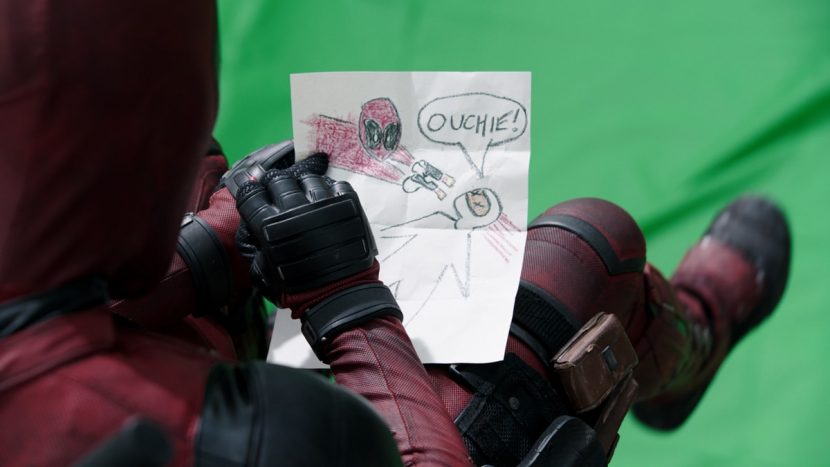
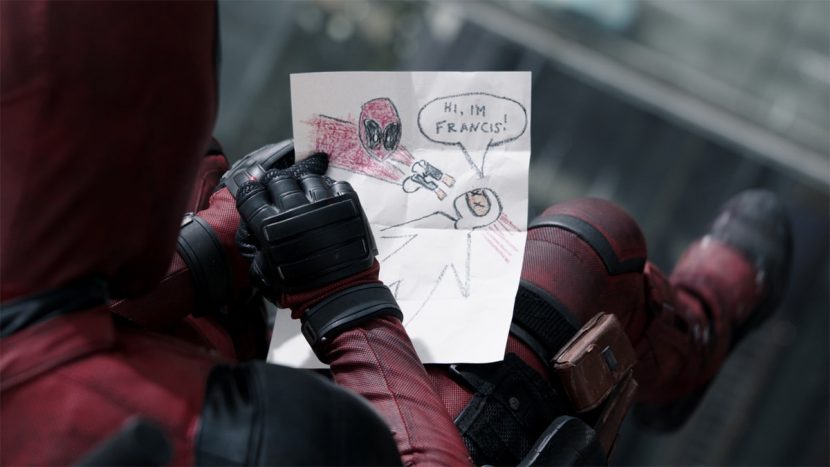
fxg: Take me back to the teaser piece that got made at Blur and tell me how that was actually produced.
Miller: When Fox came to me they said the film has to be done for a budget, and that budget was not anywhere near the size of the bigger comic book films. That was actually good, for two reasons. One, there would be less oversight and R-rated is the way to do Deadpool. Two, because they’d never let me do it if it was $100m since I’m a first-time director. I was happy there were limitations.
What I told them was I can do photo-real CG shots that cut up against live action that’ll be cheaper than if we were going to shoot live action, and give us the kind of scope that a much larger budgeted movie had. They said, ‘Really?’ and I said ‘Of course’ and they said ‘Prove it’. So they gave me a little bit of money to do it, and then I used some Blur Monopoly money to eek that out by using down time at the studio and animators who weren’t assigned to another project, to do a larger test.
We did the test all-CG because we didn’t have time or budget to do it live action to cut the CG against. Then Fox saw it and said, ‘Holy shit, this is great, but we don’t want to make the movie.’ Then five years later, after the leak, they changed their mind.
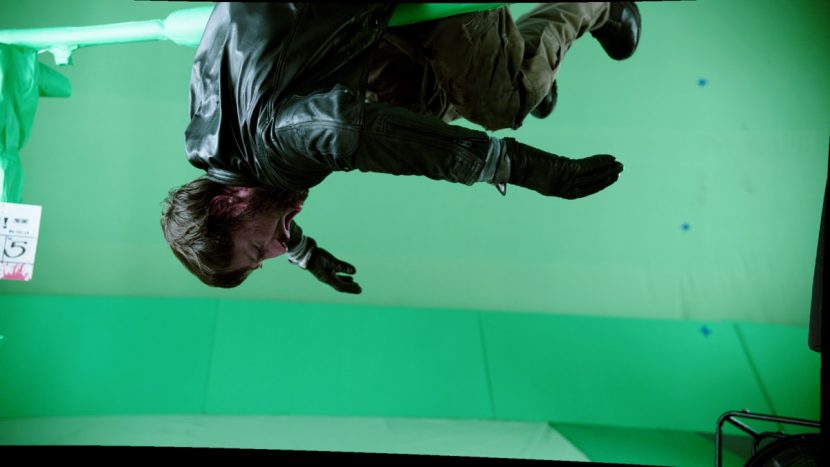
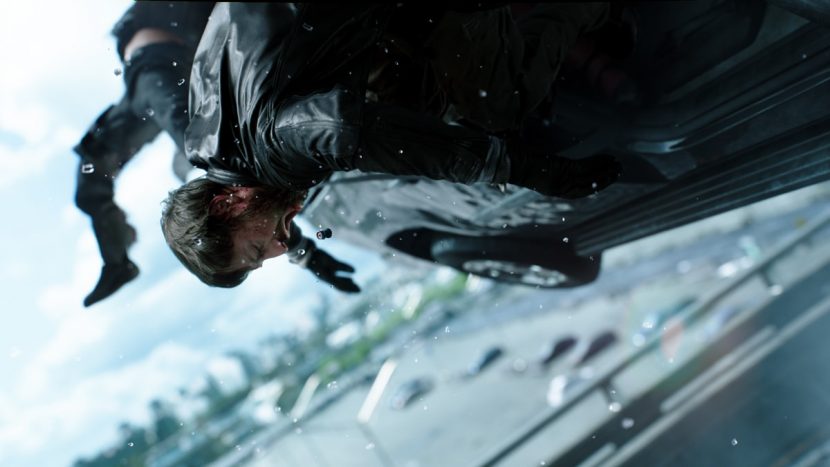
fxg: When it leaked everyone was so excited about it. Was it the actual response from the leak that caused Fox to change their minds, or something more do you think?
Miller: It’s hard to say because like all films it takes so many things slotting together in just the right way to make it happen. At the time I don’t think Tom Rothman liked the script enough to take what was a pretty big risk for a superhero film. You also have to remember that six years ago it was really pretty early on in the superhero genre and people weren’t looking for something new. They were still excited about Spider-Man 2 and 3 and the same kind of things. I don’t think the timing was right back then.
What happened now, is that people are ready for something new in a genre that is a little overcrowded and Fox is ready to take a chance on something different. The internet and the test leak just confirmed there was a market for that. I also think the timing was right. But I’m not sure it would have happened without the fans saying, ‘Fuck yeah, this is awesome.’ The seeds fell on fertile ground this time around.
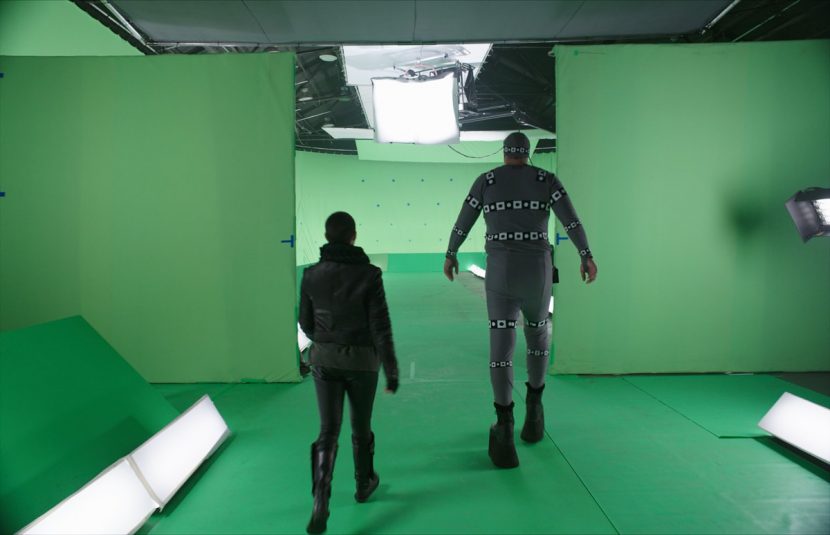
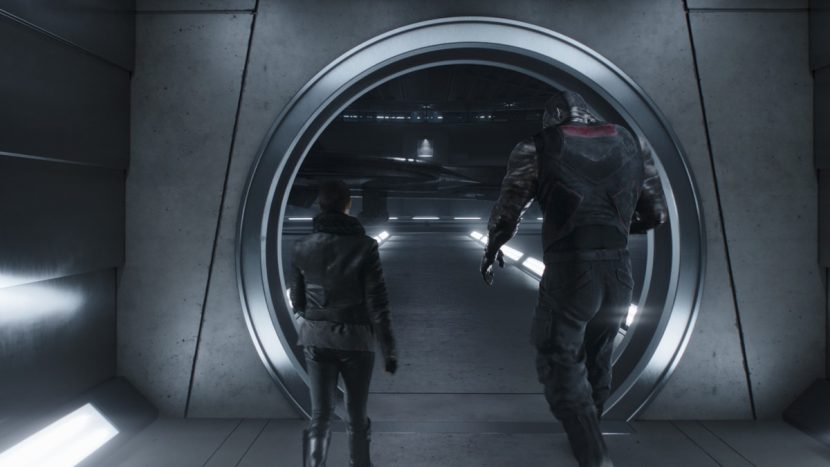
fxg: How did you find being on set, being responsible for so many people, being asked a million questions – how was that for you?
Miller: I’m sure the way directors work is different for each director, but what I felt the job was is maybe 20 per cent creative and 80 per cent managing people. You can’t do everything obviously – you have writers, production designers, actors – so in a lot of ways it’s like a traffic cop. Running Blur for 20 years means I had a lot of experience being a traffic cop. You’ve got to make people head in the direction you want them to without hating your guts and feeling good about the decisions are being made. There’s certainly the artistic component unquestionably, but most of it is working with other people. I had a lot of experience with that.
Directing actors wasn’t difficult at all, and in fact I really loved that part of it. I’ve done a lot of that through mocap and I think being an animator helped. On a live action set it’s the same way as it is on mocap and in animation – it’s people moving through space delivering dialogue and you’ve got to make it feel natural. There’s no real big difference between animated characters live action characters. They’re a little harder to control, but other than that it’s not all that different. I was very used to analyzing the way characters move through space to a degree that live action directors don’t normally do. You’re just trying to replicate reality through a different medium and you have to pay closer attention to reality in order to replicate it in CG.

The mechanics of directing – where do we put the camera and for how long? That was a little bit of a mindfuck for me. In mocap and CG that happens but it happens at a different time. I can always go back and get a close-up. I can always do a crane shot later if I have an idea, but when you’re on a live action set you have to plan it all ahead. And then everybody has to get on board with that plan and the plan has to fit in with the budget and schedule. So that, I wasn’t very good at.
My answer to that was to let everybody know I wasn’t good at that and ask for their help. You’re surrounded by a whole group of professionals who knew my job a lot better than I did. So I just said, ‘Hey I don’t understand this very well, could you guys just help me?’. And then everybody steps up. I actually think it’s better than what you would get if it’s just you trying to pretend you know what the fuck you’re doing. What’s more everyone is more happy to participate – they want to contribute. It makes for a good atmosphere on set.
fxg: I imagine you were well-prepared in terms of previs and shot design. What prep work did you do for the film?
Miller: All the big action sequences were previs’d or stunt-vis’d. We have a big fight in the burning warehouse. It wasn’t really heavy on the superpower action, so we just did that with the stunt-vis crew when we were there. Some other sequences like the fight on the freeway – we previs’d that out in detail. It really helped tremendously because there it was all visual effects-related in some way and you have a lot of shit to do and little time to do it. So if you saw the previs for that sequence, it’s pretty fucking close to what we did on the day.
I previs’d everything I could. In fact, originally I wanted to previs the whole movie, like shoot a low-budget version of it. We often do live action previs too if it makes sense. So I wanted to shoot a shitty version of the movie, just to kinda of make the more obvious mistakes. I was talked out of that – thank God, actually, because it would have taken a lot of time and not been as useful as I thought it would have been. We ended up previs’ing about 10 or 11 minutes of the film and then stunt-vis’ing another 5 minutes of it. I was completely comfortable with it because I’ve worked a lot with stunt guys and doing stunt choreography. Phil Silvera our stunt co-ordinator I’ve worked with for 10 years which means I was really comfortable with the crew.
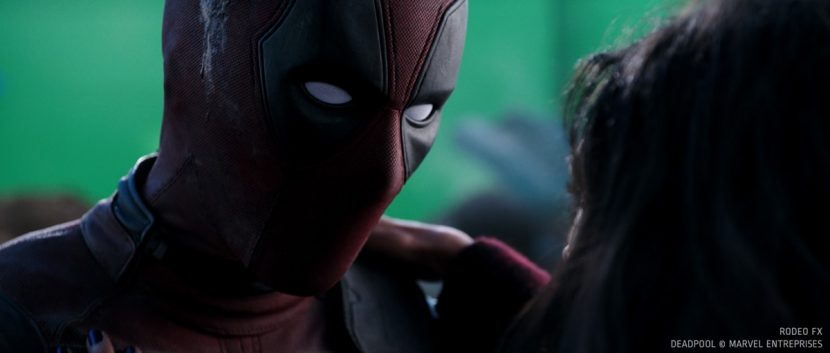
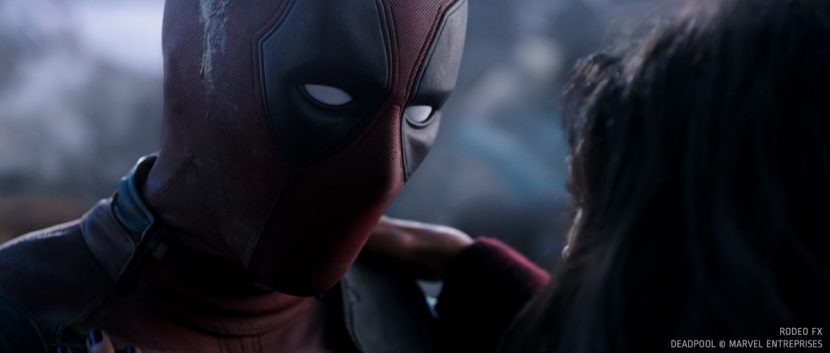
fxg: How do you think your history with VFX and animation helped with day to day set conversations and production?
Miller: Oddly enough most of my experience is in the all-CG realm, but it was helpful. There was one situation where they were going to have to build a big gcreenscreen for this sequence and it was going to cost a lot of money and we didn’t have it. I said, ‘Listen, I’m going to shoot mostly this way into the set, and the few shots I shoot this way where you want to build this giant greenscreen wall, I’ll either fly in greenscreen on a per-shot basis or we’ll just roto it.’ We had a guy in a costume and a guy with a crew cut so we didn’t have a lot of long hair or loose fabric flapping or anything like that. That saved on that particular occasion like $120,000 and it was no problem at all.
The big problem on all these kinds of films that I see, and I’d like to fix it on the next one, is that everybody has their own pot of money. VFX has their pot of money and production has their pot of money. If it costs production $100,000 but saves VFX $25,000, VFX will still ask for the element that costs $100,000, because it doesn’t come out of their budget. But I’m there going hey it’s better for the overall production if we do it this way versus that way and you guys just need to deal with it. I think a director who is not savvy with VFX at all would’ve probably not dirtied their hands with those kinds of decisions.
I was talking to the visual effects producer on the Apes movies, and those films which are so completely VFX-dependant – their main characters are CG – they are more involved in that part of the process than say a movie where you have a smaller portion of the budget that’s VFX. I imagine when you get up to those big Avengers-level budgets that VFX has probably got a little bit more skin in the game and weight because they’re a much larger percentage of the budget. It just varies all the time. I would just like the entire crew to say (and it’s not like everyone doesn’t) ‘how do we make the best film? what’s the most efficient way to do this? Is it VFX or is it production?’ and that doesn’t happen as much as you wish.


fxg: There’s a lot of blood and gore in this film – how much did you feel like you could get away with, even though it is an R-rated film?
Miller: There’s how far could you take it, and where do you want to take it? I’m not a big fan of torture porn or really ridiculously violent films. It wasn’t like I wanted to do shots where Deadpool’s katana splits a bad guy in half right in front of the camera. Personally I don’t really enjoy it, and even though it’s R-rated, I do want this to reach a wide audience. It needs to be a pretty big film, I don’t want to alienate a large section of the audience. If somebody stabs someone else, you want blood. There’s some jokes where a guy gets his head cut off and Deadpool kicks it like a soccer ball. I didn’t make a meal out of the blood and gore – it’s just incidental. I’m not pulling any punches but I’m not shining the spotlight on how violent it is. I don’t think it helps the story or the character. I think people who like that sort of thing will feel like they got it. I think people who are turned off by that sort of thing won’t feel like it plays too big a role in the filmmaking.
fxg: I liked hearing from some of the VFX artists I talked to that during reviews for the shots that there was laughing constantly. Sometimes working on a big film you’ve revisited the material so often, but here they seemed to be laughing all the way to finals.
Miller: Yeah, I mean right now I’m still doing DI on the various versions and it still cracks me. There’s some stuff that still makes me laugh. There’s a particular fourth wall break in the fight scene and Ajax insults him and Deadpool says, ‘That was a good one,’ and he turns to the camera and says, ‘Yep, yep, that was a good one…’. I don’t know why but it cracks me up every time. And then now whenever we were shooting and someone would come up with an idea we’d go, ‘Yep, yep, that was a good one’ and turn away from the conversation.
The tone in the movie which is I’d say probably the hardest thing about making the film, is that you have to walk this line of comedy and action and some really heavy dramatic shit. He’s got cancer and he’s dying and leaving the love of his life, and he’s being tortured. There’s jokes in those scenes but we don’t joke our way past the actual emotional component of the film.
There’s a lot of movies with huge epic action that I just kind of get bored after a while, or numb. The outcome can seem unrealistic and it doesn’t feel real or human to me. I worked really hard to make it feel like there was something underneath happening, even given the context of the male comic book superhero with superpowers. It really is grounded in our world and everything else beyond the superpower shit is fairly realistic.

fxg: Your Colossus is a different take on how he’s been done in the other X-Men films – can you talk about your approach to him?
Miller: No disrespect to the actor who had played him before and the decisions they had made to make him American and super-shiny and man-sized, but in the comics he’s this fucking behemoth of a character. He’s massive and aside from just having such a visually impressive character on screen, that’s just the way he is in the comics and the way I’ve always seen him. We decided really early on he was going to be a CG character – I wanted him to be huge but no unbelievable. I’m not a big fan of chrome, and even though he is chrome it would be weathered and beaten and dented, especially as the action progresses. He’s got so much detail – I just did the super-HD DI the other day and, man, you see even more detail than you do in IMAX – it’s crazy.
All images copyright © 2016 20th Century Fox.
